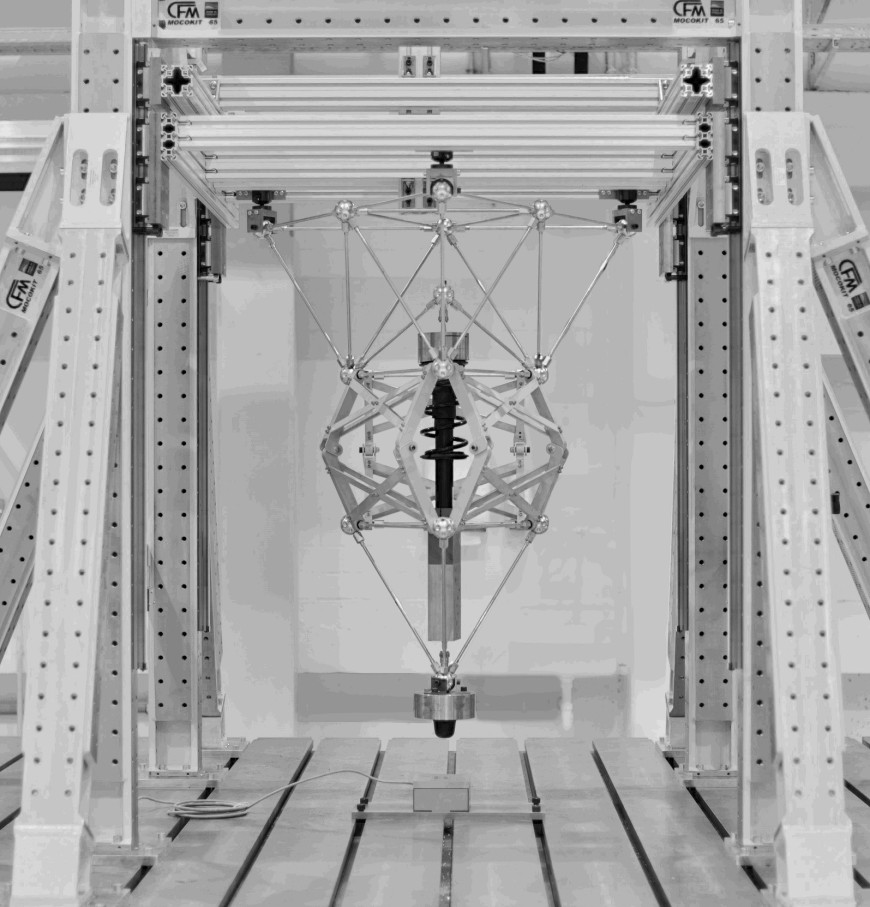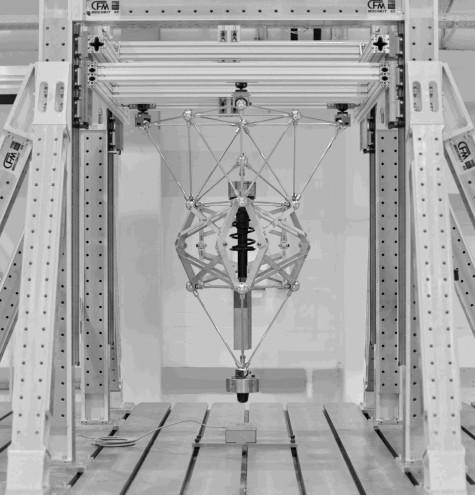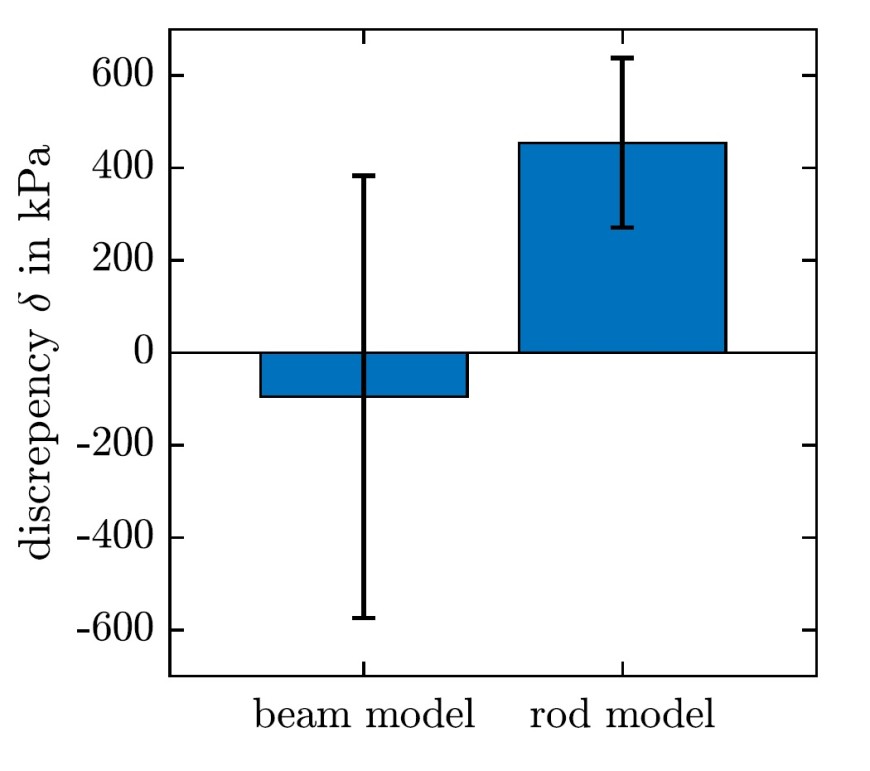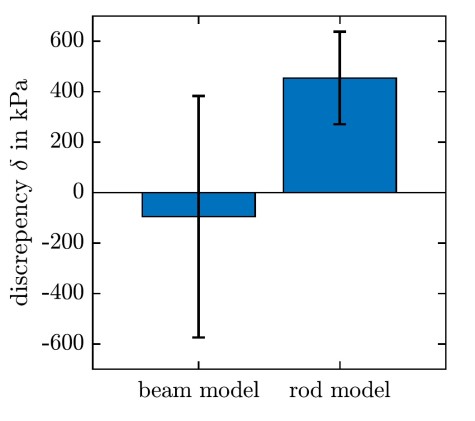Mathematical models for the description of the input-output relation are omnipresent in mechanical engineering. They are used for the design, analysis and optimization of technical systems and provide support in the decision-making during the product development process. Moreover, models are applied in the early stages of the product development process that are often characterized by incomplete or missing information about the system to be described. Thus, simplifications and assumptions play a central role during the modeling process. Therefore, the description of the functional relationship is incomplete, unknown or remains unregarded – model uncertainty inheres in the model. Disregarding the model uncertainty during parameter calibration of the model can deteriorate the predictive capabilities of the calibrated model. The overall goal of the research is to ensure the predictive capability of the model under presence of model uncertainty.
The subproject C5 of the Collaborative Research Center (CRC) 805 focuses on the question, how model uncertainty can be accounted for in a statistical parameter calibration by modeling the model discrepancy. One approach in considering the model discrepancy consists in a so-called discrepancy function that is statistically calibrated alongside the model. The discrepancy function can be modeled using a Gaussian process that constitutes a generalization of the normal distribution in the function space. At the example of the demonstrator of the CRC 805 (see figure 1) it has been investigated, how the discrepancy function of different models can be used for an assessment of model uncertainty. The representation of the discrepancy function as a Gaussian process allows for the specification of quantiles that can be used to compare the model uncertainty inherent to the models (see figure 2). Based upon this, an assessment of the model uncertainty and a model selection can be conducted.
Contact: Robert Feldmann, M.Sc.





